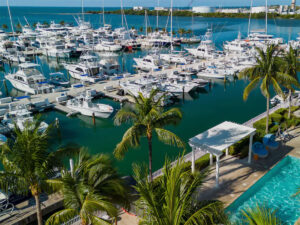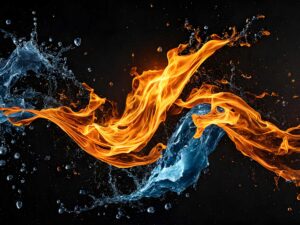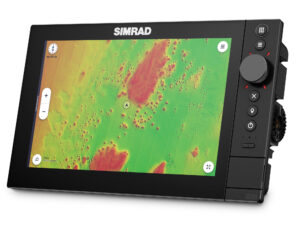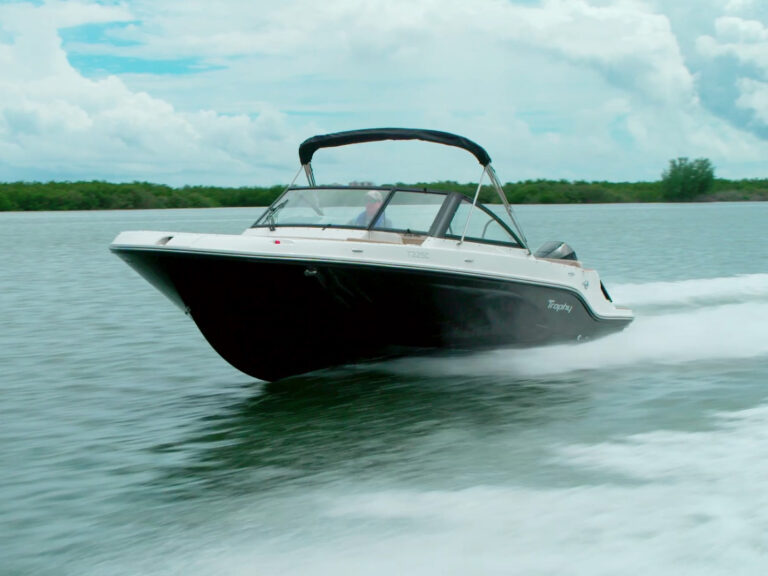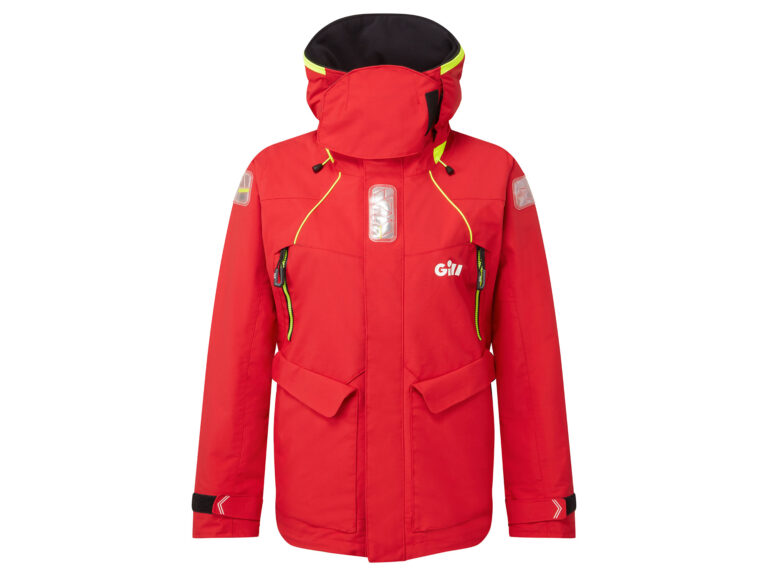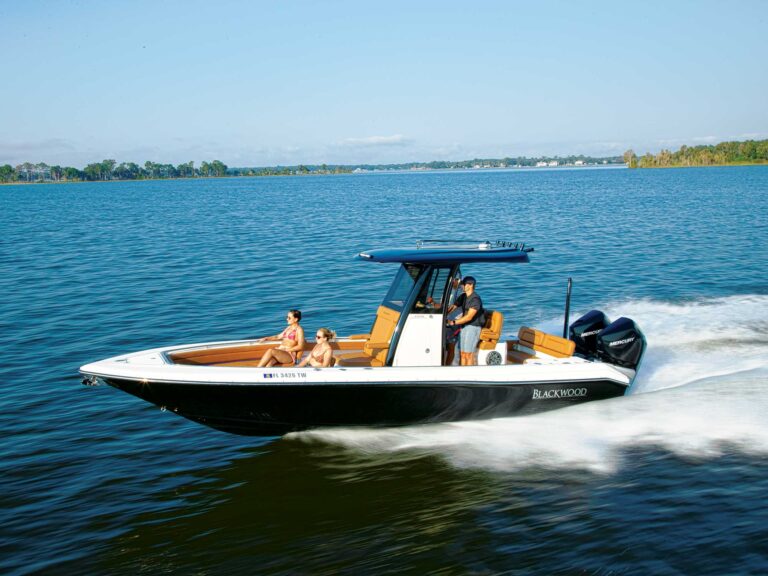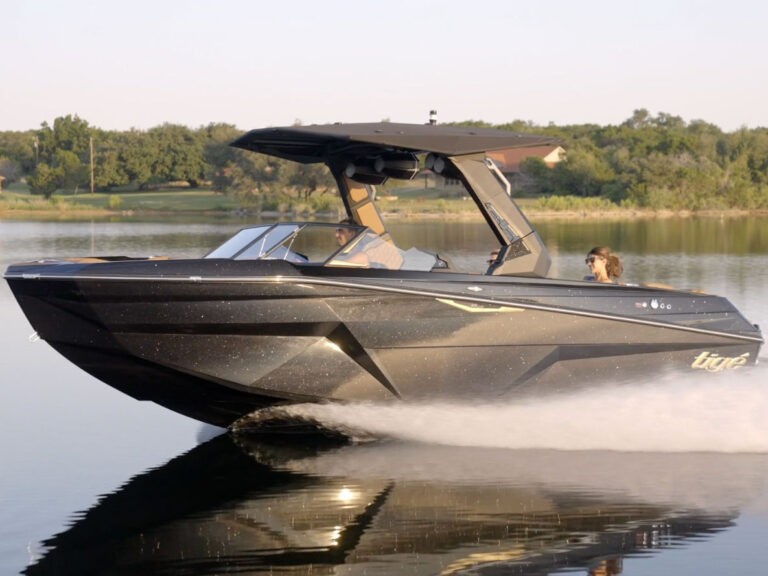
A modern call for help is often accomplished via a GPS-equipped VHF radio, or an emergency position-indicating radio beacon (EPIRB) or other beacon. The best way to pinpoint your exact position, however, remains the US Coast Guard-required combination of visual distress signals. Here’s how to use them properly.
Handheld Flares
Locator flares produce a bright-red flame, visible day and night, while smoke flares are visible only in daylight. Hold flares by the base, ideally with heat-resistant gloves and eye protection. Use the abrasive on the cap to strike the flare like a match, and keep it at arm’s length, pointed 45 to 60 degrees above the horizon and clear of overhead structures, with the wind at your back to carry away smoke. Hold it overboard so the slag (hot residue) doesn’t burn your skin or other surfaces. Do not wave flares.
Floating Smoke Flares
Contained in a metal canister and activated by pulling a string, floating smoke flares produce colored smoke for three to four minutes. Check the wind and current before dropping so the smoke flows away from your boat. Don’t inhale it.
Self-Contained Aerial Flares
Self-contained aerial flares increase visibility by reaching higher altitudes but burn for a short time. For this reason, the Coast Guard recommends sending up two, the second immediately after the first extinguishes, to better pinpoint location and direction. These require no launcher and send a fireworklike meteor through the air; parachute-equipped flares increase hang time to maximize visibility. Ignition systems include firing tabs or pull cords, the latter we find more intuitive to aim. To fire, remove the bottom cap to reveal the firing mechanism, point the flare skyward away from your body, and activate.
Flare Guns
Flare guns fire cartridge–contained meteor or parachute flares as high as 1,000 feet into the sky. Give launchers the same respect you would a firearm. To use, load a cartridge into the barrel, extend your arm, aim skyward at a 45- to 60-degree angle (away from overhead objects) and fire, looking away from the gun to protect your eyes and face from sparks.
Electronic Flares
Electronic flares combine multiple LED lights. They are visible for up to 10 miles and run up to 60 hours on alkaline batteries. Beacons flash the -universal SOS signal in Morse code, and can be hung high on the boat to increase visibility, held in hand or, as they float, taken into the water. Rated for nighttime use, they are safer to operate than -pyrotechnic flares.
Read Next: Visual Distress Signal Choices
Orange Distress Flag
A 3-by-3-foot -orange flag with a black square and circle, a distress flag performs best in bright sunlight. Flags can be flown on a boat’s rigging, or attached to a boat hook, paddle, mop, fishing rod or, carefully, a gaff because waving one -increases visibility.

